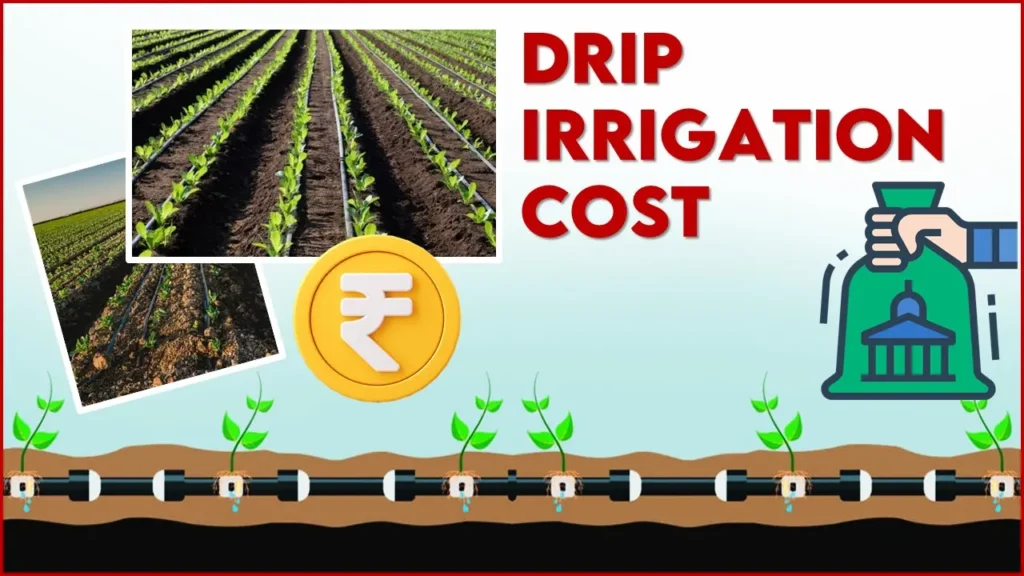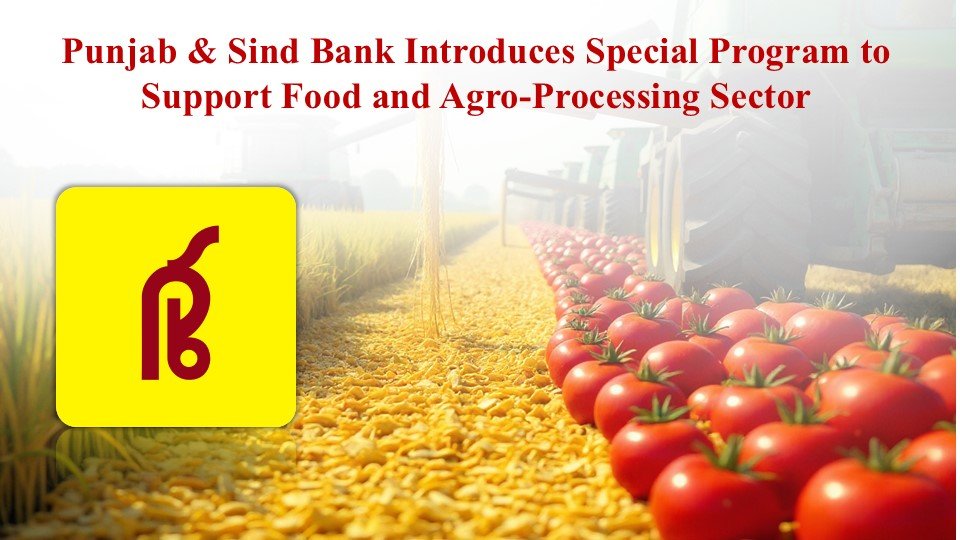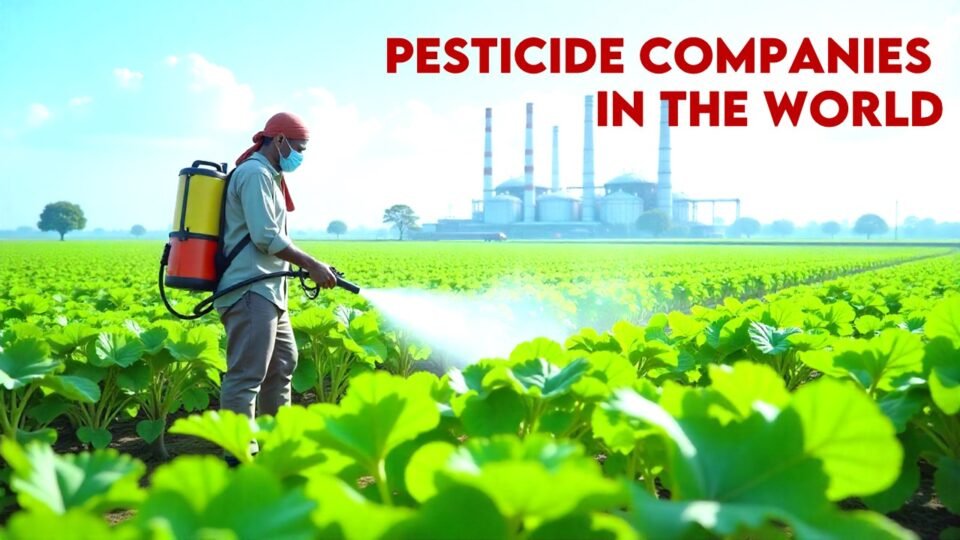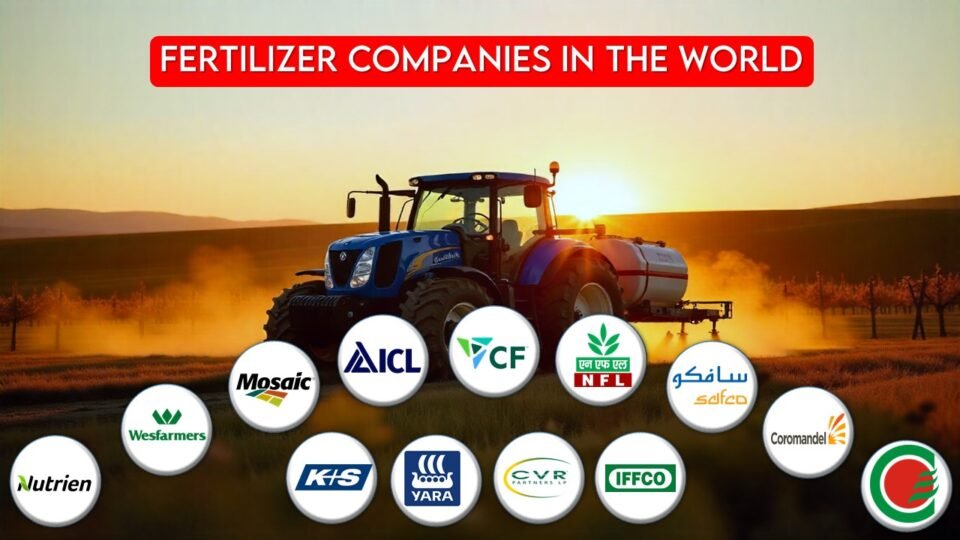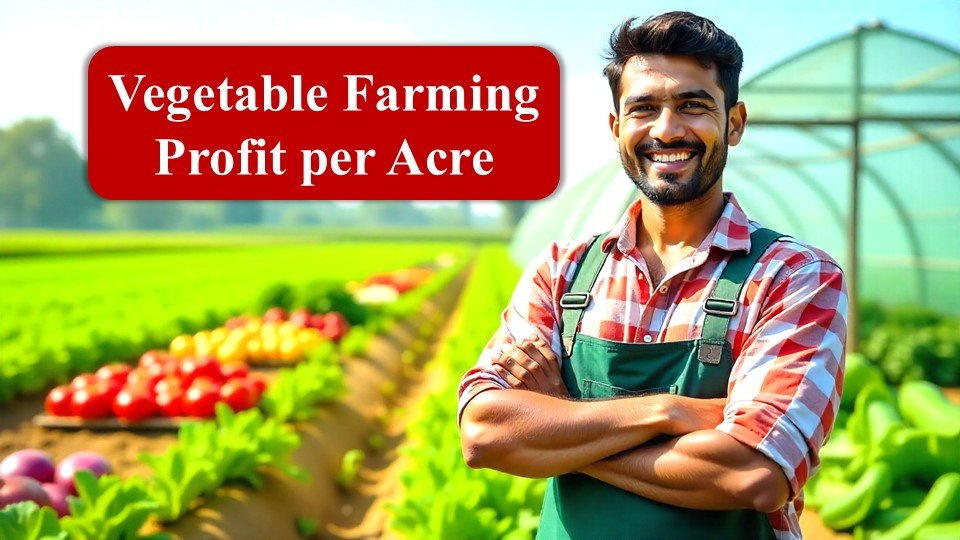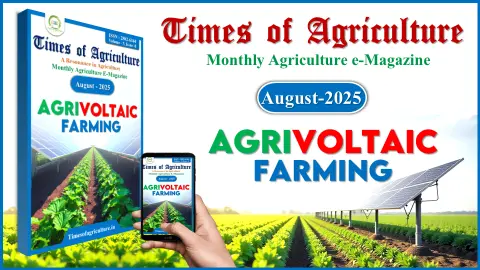In Agriculture, Irrigation refers to the process of supplying water to crops to help growth, typically by means of channels. Agriculture cannot survive without irrigation. We have to ensure that the process of irrigation is done in the most efficient way possible. It is to satisfy this concept of maximum efficiency and minimum wastage, the idea of drip irrigation emerged.
Drip irrigation involves the delivery of water to plants through a system of pipes, valves, tubes, and emitters. Also called a micro-irrigation system, the drip irrigation system is a pressurized system of irrigation consisting of a network of narrow pipes that ultimately supply water to the base of the plant drip by drip. The drip irrigation system saves 50-70% of water as compared to surface irrigation.
But what about the cost? Is the drip irrigation cost per acre feasible for the farmer? Will the drip irrigation cost per acre justify the returns from farming activities? Worry not. Today we have come up with this article to answer all those questions in your minds. This article is a comprehensive guide on the drip irrigation cost per acre that will immensely help you
What is Drip Irrigation System ?
Drip irrigation also known as Trickle irrigation and Micro irrigation is one of the latest methods of irrigation which is becoming increasingly popular in areas with water scarcity and salt problems.
This irrigation is defined as the precise but slow application of water as discrete drops or continuous drops through mechanical devices called emitters located at select points along the water-delivering lines.
This system involves the slow application of water, drop by drop to the crop. In this method, water is used very economically, since losses due to deep percolation and surface evaporation are reduced to the minimum. Drip irrigation is best suited in
- Areas with water scarcity
- In areas where the quality of available water is marginal
- Regions with undulating or steep topography
- Areas with restricted depth
- Where labor is expensive
- And where the value of the crop is high
Another important aspect of drip irrigation is that it can also be used for fertilization. The required fertilizer is mixed with water in the system distributed through the system and applied at the base of the plants. This process is known as fertigation. It increases the efficiency of fertilizer usage and reduces water pollution and soil degradation due to the wastage of fertilizers.
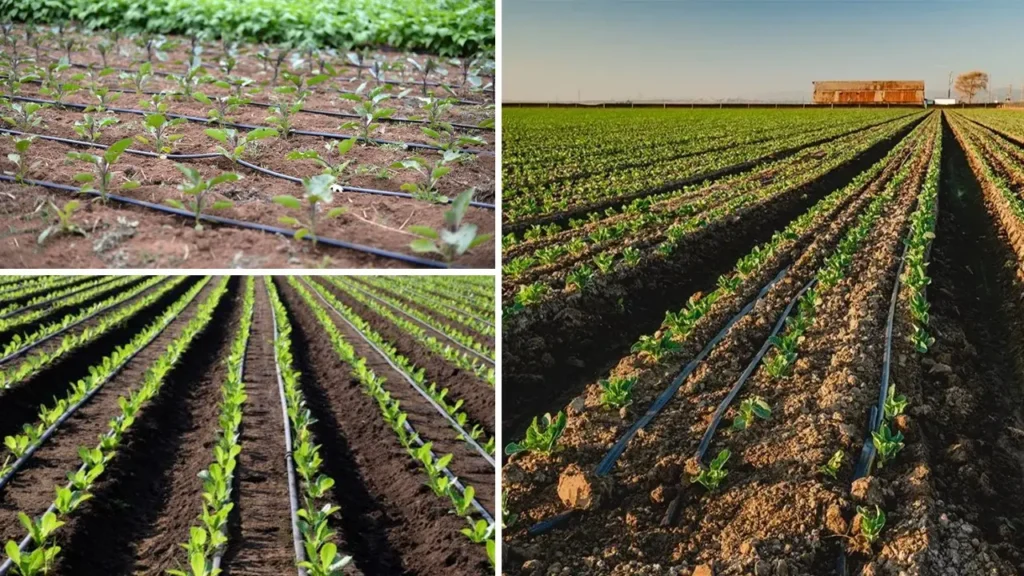
Advantages of Drip Irrigation System
The most important advantages of the drip irrigation system are
- The drip irrigation system is suitable for dry and arid areas with water scarcity because of high water saving of 50-70% as compared to sprinkler irrigation methods.
- The system has high irrigation efficiency which is about 90% compared to surface irrigation methods.
- Fertilizers or other chemical amendments can be efficiently applied to individual or separate plants.
- The discharge rate of water per dripper is generally 1-8 lit/ha at 1.5-2.5 kg per square centimeter pressure.
- Fertilizers (fertigation) and herbicides (herbigation) are also possible to apply with a drip system through ventures.
- The drip irrigation system is most suitable for widely spaced crops, orchard trees, and greenhouses (protected cultivation of vegetables and flowers).
These advantages make the drip irrigation system a favorable system for irrigation to farmers.
Now let us move onto an important topic which is the limitations of the drip irrigation system.
Limitations of Drip Irrigation System
The most important limitations of the drip irrigation system are
- The pipes and tubes in the drip irrigation system are narrow. This often leads to clogging when soil particles or fertilizer granules enter the system.
- The interval between two irrigation cycles may lead to the accumulation of salts in the plant root zone.
- Sometimes rodents and wild animals may attack the pipes and damage them.
- The elevation differences in the field may affect the evenness of water distribution through the system.
Components of Drip Irrigation System
The major parts and components of a drip irrigation system are
1. Water Source
The water source is the starting point of your irrigation system. It could be a well, a pond, or a city water supply. The water source should be clean and free of sediments to prevent clogging of the drip emitters.
2. Pump
If your water source doesn’t have enough pressure, you’ll need a pump. The pump increases the water pressure to ensure it can travel through the entire irrigation system.
3. Backflow Preventer
A backflow preventer is a safety device that prevents water from flowing back into your clean water supply. It protects the water source from contamination.
4. Filter
The filter removes any debris from the water that could clog the drip emitters.
5. Pressure Regulator
A pressure regulator ensures the water pressure is at the optimal level for the drip irrigation system. Too much pressure can cause the drip emitters to blow off, while too little pressure can result in inadequate water distribution.
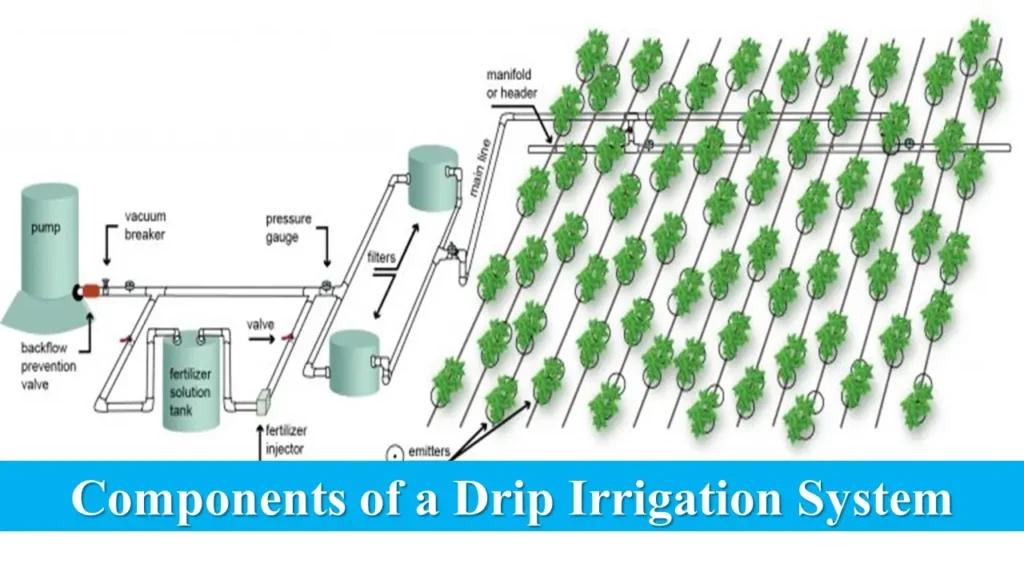
6. Mainline
The mainline is the primary hose or pipe that carries water from the source to the drip lines. It’s usually made of PVC or polyethylene.
7. Drip Tubing or Drip Line
Drip tubing, also known as a drip line, is a thin tube that delivers water directly to the plant roots. It has tiny holes, or emitters, spaced along its length.
8. Emitters
Emitters, or drippers, are devices that deliver water to the plants. They are designed to release water slowly at the base of your plants, which promotes deep water penetration.
9. Micro Tubing
Microtubing is used to extend the reach of the emitters to the base of the plant. It’s smaller in diameter than the mainline and drip tubing.
10. Fittings and Connectors
Fittings and connectors are used to connect the various parts of the system together. This includes tees, elbows, end caps, and couplings.
11. End Cap or Flush Valve
At the end of each drip line, you’ll need an end cap or flush valve. This allows you to flush out the system at the end of the season.
12. Stakes and Clamps
Stakes and clamps are used to secure the drip lines and emitters in place. Remember, the design and components of your drip irrigation system can vary based on your specific needs and the layout of your garden. Always plan your system carefully to ensure efficient water use and healthy plants.
As we have observed the components of the drip irrigation system, now it is time to move on to the most important part of this article: the drip irrigation cost per acre.
Drip Irrigation Cost per Acre | Installation Cost of Drip Irrigation
Here is an approximate cost breakdown for each component of a drip irrigation system and the total cost for setting up the system in 1 acre of land in India:
- Water Source : cost of the water source can vary greatly depending on whether you’re using a well, a pond, or a city water supply. The cost of digging a well can range from ₹1,500 to ₹12,000.
- Pump :The cost of a pump can range from ₹200 to ₹800.
- Backflow Preventer :A backflow preventer can cost between ₹25 and ₹300.
- Filter :The cost of a filter for a drip irrigation system can range from ₹20 to ₹200.
- Pressure Regulator : A pressure regulator typically costs between ₹10 and ₹50.
- Mainline : The cost of the mainline can vary based on the length required. The price can range from ₹200 to ₹4000.
- Drip Tubing or Drip Line : The cost of drip tubing or drip line can also vary based on the length required. The price can range from ₹200 to ₹4000.
- Emitters : The cost of emitters can vary based on the type and quantity required. The price can range from ₹200 to ₹4000.
- Micro Tubing : The cost of microtubing can vary based on the length required. The price can range from ₹200 to ₹4000.
- Fittings and Connectors : The cost of fittings and connectors can vary based on the type and quantity required. The price can range from ₹200 to ₹4000.
- End Cap or Flush Valve : The cost of an end cap or flush valve can vary based on the type required. The price can range from ₹200 to ₹4000.
- Stakes and Clamps : The cost of stakes and clamps can vary based on the type and quantity required. The price can range from ₹200 to ₹4000.
The total cost of setting up a drip irrigation system in 1 acre of land in India is approximately ₹45,000 to ₹60,000.
Please note that these costs are approximate and can vary based on the specific requirements of your project.
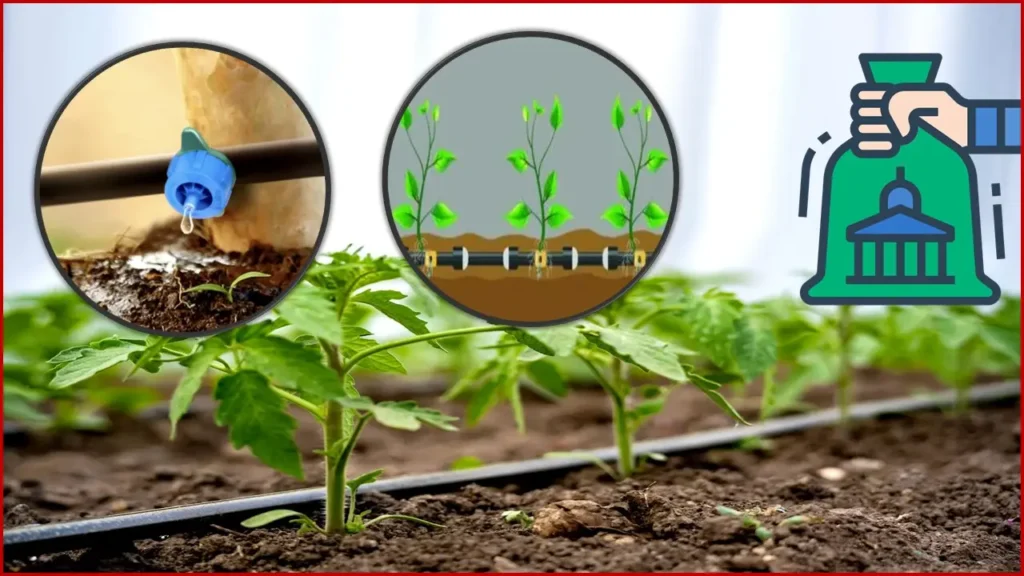
Government Subsidy for Drip Irrigation in India
The Government of India provides subsidies for installing drip irrigation systems in India. The pattern of assistance provided by the Government of India for farmers looking to install drip irrigation systems is as follows
- 35% of the total cost of installation for small & marginal farmers & 25% of the total cost for other farmers in non-DPAP/DDP/NE&H regions.
- 50% of the total cost of installation for small & marina farmers & 35% of the total cost for other farmers in the DPAP/DDP/NE&H region.
- Additional 10% assistance to be provided by State Govt. (DPAP-Drought Prone Area Programme, DDP-Desert Development Programme, NE&H states – North Eastern and Himalayan States).
- The upper limit of assistance will be restricted to the amount as per the eligible pattern of assistance of the normative cost of installation.
- The normative cost of installation for wide-spaced crops is Rs. 37,200/ha (average) and for close-spaced crops Rs. 90,000/ha (average). However, the cost will vary depending on crop spacing & land size.
- Maximum permissible assistance will be restricted to 5 ha per beneficiary/group.
So that is it. We have described the drip irrigation cost per acre as well as various subsidy schemes available to farmers in India who are looking to install the drip irrigation system. So we have almost reached the end of this discussion.
Also Read
Conclusion
The drip irrigation cost per acre depends mainly on the cost of its components, the type of land to be installed in, and the type of drip irrigation system to be installed. The total drip irrigation cost per is ₹45,000 to ₹60,000. This estimation of this cost is done by taking into account the cost of various components, the topography of the land, and the type of drip irrigation system to be installed. However one should note that there are subsidies given by the government of India covering 90% of the total cost of installation for select farmers.
A very important point to think about here is the availability of resources. Some regions may be blessed with sufficient water but others may not be. But the quantity of water that you possess cannot justify inefficiently wasting this precious resource. We should in every way try to save water and this is where the role of drip irrigation comes in. As we are heading to a time where climate change is the utmost priority, water will always be the most important resource and its conservation will shape our future.
Latest Post
- November Issue 2025- Times of Agriculture Magazine
- Punjab & Sind Bank Introduces Special Program to Support Food and Agro-Processing Sector
- Beyond Classrooms and Gardens: How a Professor Turned His Passion into Purpose
- October Issue 2025- Times of Agriculture Magazine
- Top 10 Pesticide Companies in the World
- September Issue 2025- Times of Agriculture Magazine
- Top 15 Fertilizer Companies in the World
- Top 10 Vegetable Farming Profit Per Acre in India
- August 2025 : Times of Agriculture Magazine (AgriVoltaics Farming)


